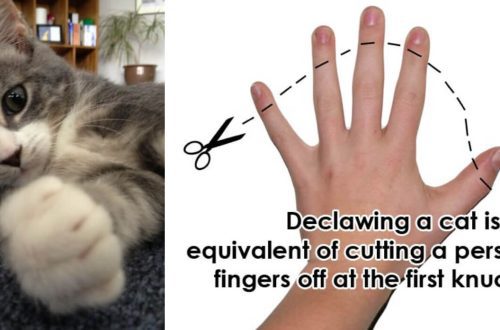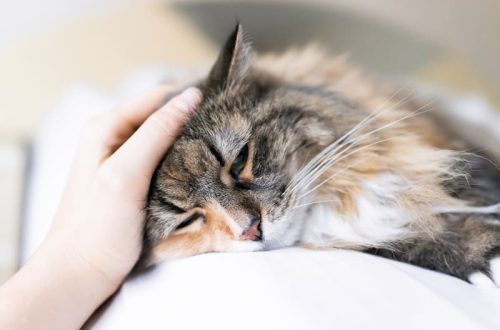
Latihan ucing di imah
If training a dog and teaching it various commands is not just a good form, but also a necessity, then in the case of cats, the issue of training is often puzzling. ToEvery dog should know at least the basic commands, such as “Fu!”, “Next!”, “To me!”, so that during the walk they do not cause inconvenience to others, do not pick up food from the ground, do not run away from the owner, etc. Except In addition, training and education for a dog is always a game, always a pleasure, always close contact with the owner, during which a trusting, mutually understanding relationship is established between a person and a pet. But do you need to train a cat? As we know, these animals walk on their own and, unlike dogs, it would not even occur to them to perform an interesting trick for the amusement of the owner.
Cats can be easily taught to walk in a tray, not to jump on a table, not to spoil furniture, etc., but you will not force them to sit, lie down and give a paw on command. And is it necessary? But if you really want your pet to be able to do something special, or you have a child who, inspired by circus acts, decided to start training a little predator, then nothing is impossible!
Cats love to learn some tricks. But in order for your work to be crowned with success, you need to remember the most important thing: the cat must be interested!
The cat will perform the trick only if it decides that it is necessary and interesting for her. In all other cases, she will prefer to soak up her favorite pillow. Success also depends on the temperament of your pet: if the cat is very calm and even a little lazy, most likely it will not be inspired by your idea. If the pet is active and curious, you have every chance of success!
A cat can only be taught simple tricks based on actions that the pet performs every day without noticing it.
For example, all cats jump perfectly. So why not teach a cat to jump over a cane (stick)? How to do it?
To begin, simply place the cane on the floor. Let the cat, crossing the room, step over it. As soon as you see that the “obstacle” is passed, be sure to reward the cat with a treat. Soon your pet will understand the relationship between the obstacle and the treat and will intentionally step over the cane to get the treat.
Food motivation is the strongest for cats, and treats are your best training aids. In order not to harm your pet’s health, choose the right treats designed specifically for cats. Do not use food from the table! Pay attention to vitamin treats, drops, mixes and, of course, tidbits and Mnyams sticks. These delicacies are not only very tasty, but also healthy. They will be a great incentive for the cat to perform the trick and will contribute to its health.
Gradually begin to change the height of the cane. As soon as you see that the cat has almost come to the obstacle, raise the cane a little. Each time your cat crosses an obstacle, reward it with a treat. By gradually increasing the height, you will teach the cat to jump over the cane – and here it is, the long-awaited result!
When the cat learns the trick and takes the obstacle confidently, you can moderate the rewards a little and reward the cat with a treat not after each jump, but after several. If the pet stops showing zeal, lower the bar a little and start giving treats again after each successful jump.
And you can also teach a cat to catch and even bring you light objects. This is pretty easy if you follow a simple rule: the item must smell delicious to attract the attention of your pet. Just toss an object to your cat, and when she takes it into her mouth, clap your hands (flip your fingers or make some other sound signal) and give her a treat. If the cat brought you an item, also give a prearranged signal and encourage your smart girl.
Do not forget that each cat has its own character and behavioral features. Watch your pet, his favorite games, his behavior. It is possible that your cat already knows how to perform amazing things, and you just need to systematize them!
Remember that in no case should a cat be punished for failed training, otherwise you will discourage her from any desire to learn and lose her confidence.
Be sure to encourage the cat and be patient in training. If, despite all efforts, your pet does not want to perform tricks, do not be discouraged. Aren’t these amazing animals beautiful even without training?





